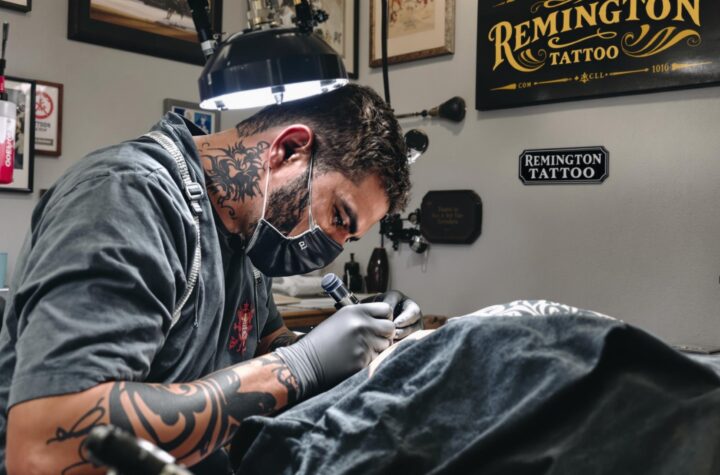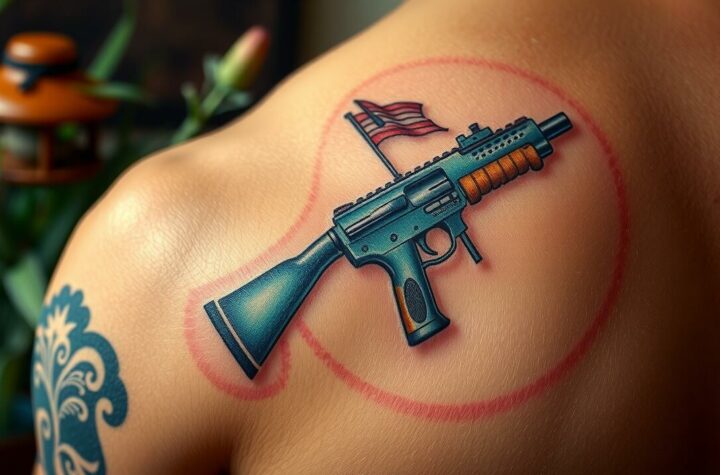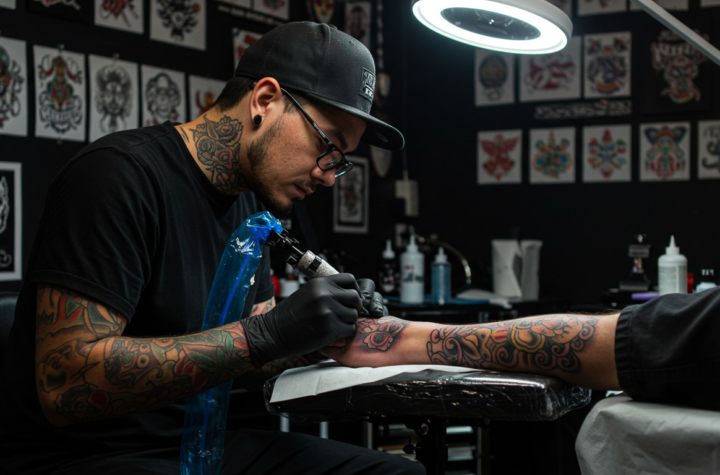Tattoo culture is a rich and diverse world, steeped in history and brimming with artistic expression. From ancient civilizations to modern subcultures, tattoos have served as symbols of identity, status, and personal beliefs. This article delves into the multifaceted world of tattoos, exploring their historical roots, cultural significance, artistic evolution, and the meanings behind popular designs. By the end of this comprehensive guide, you’ll gain a deeper appreciation for the art of tattooing and the cultural narratives it carries.
Historical Roots of Tattooing
Tattooing is an ancient practice with evidence dating back thousands of years. The earliest known tattoos were found on mummies from ancient Egypt and the Iceman Ötzi, who lived around 3300 BCE. These early tattoos were often simple dots and lines but carried significant meanings related to spirituality, health, and social status.
Tattoos in Ancient Cultures
- Egyptians: In ancient Egypt, tattoos were primarily seen on women and were believed to have protective and therapeutic roles, especially during childbirth.
- Polynesians: Polynesian cultures have one of the wealthiest tattoo traditions. Tattoos, known as “tatau” in Samoan, were intricate patterns that told stories of genealogy, social rank, and achievements.
- Japanese: The art of tattooing in Japan, or “irezumi,” dates back to the Jomon period (10,000 BCE). Initially used for spiritual and decorative purposes, Japanese tattoos evolved into a complex art form featuring elaborate designs with deep cultural significance.
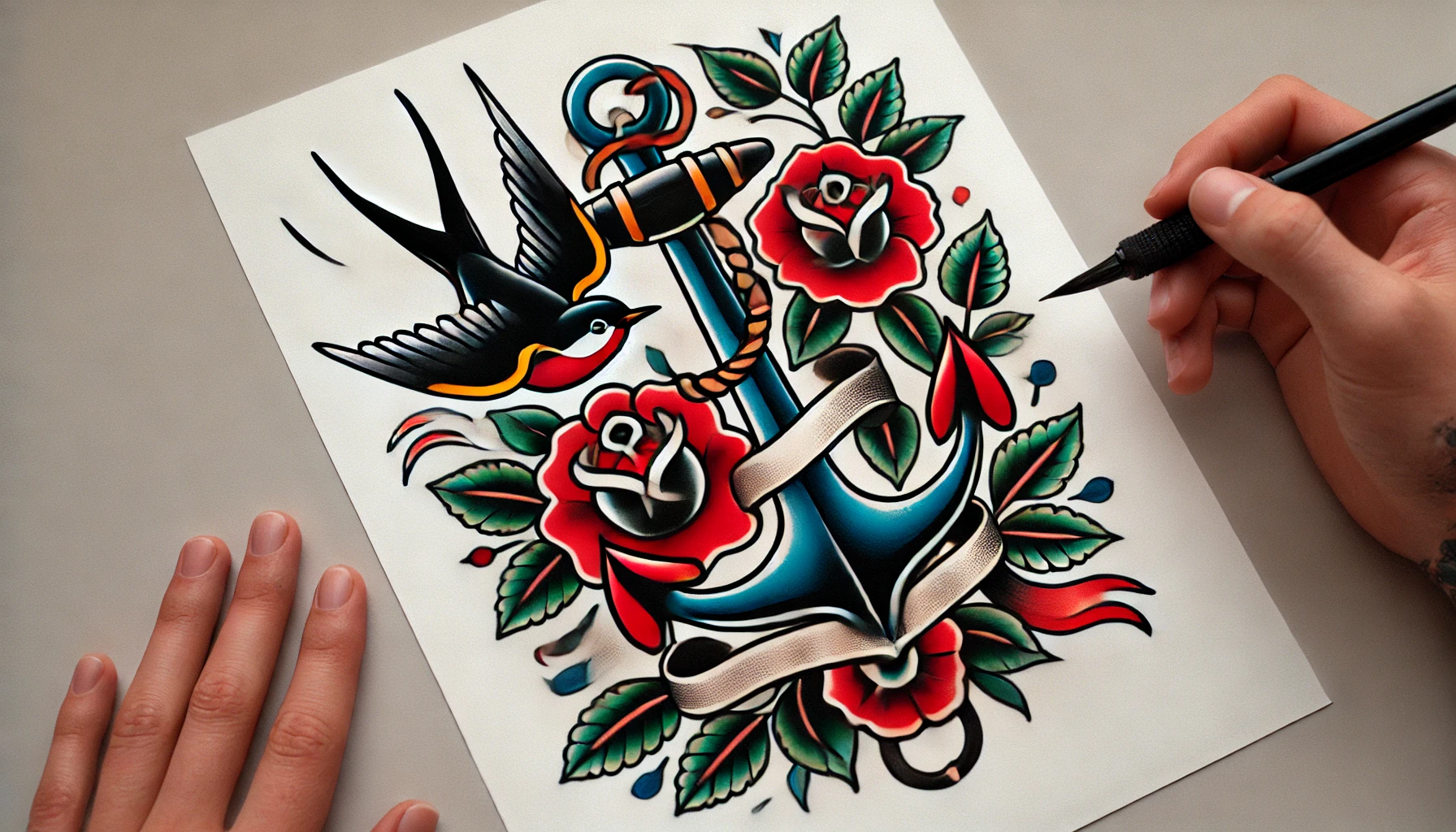
Evolution of Tattoo Art
Tattooing has evolved significantly over the centuries. From primitive tools and techniques to modern electric tattoo machines, the art form has transformed style, methodology, and cultural perception.
Traditional vs. Modern Techniques
- Traditional Techniques: Traditional tattooing methods, such as hand-tapping in Polynesia or hand-poking in Thailand, are still practiced today. These methods involve manually inserting ink into the skin using tools made from natural materials like bone, wood, and metal.
- Modern Techniques: The invention of the electric tattoo machine by Samuel O’Reilly in 1891 revolutionized the tattoo industry. This technology allowed for more intricate designs, greater precision, and faster application, leading to the proliferation of tattoo studios and artists around the world.
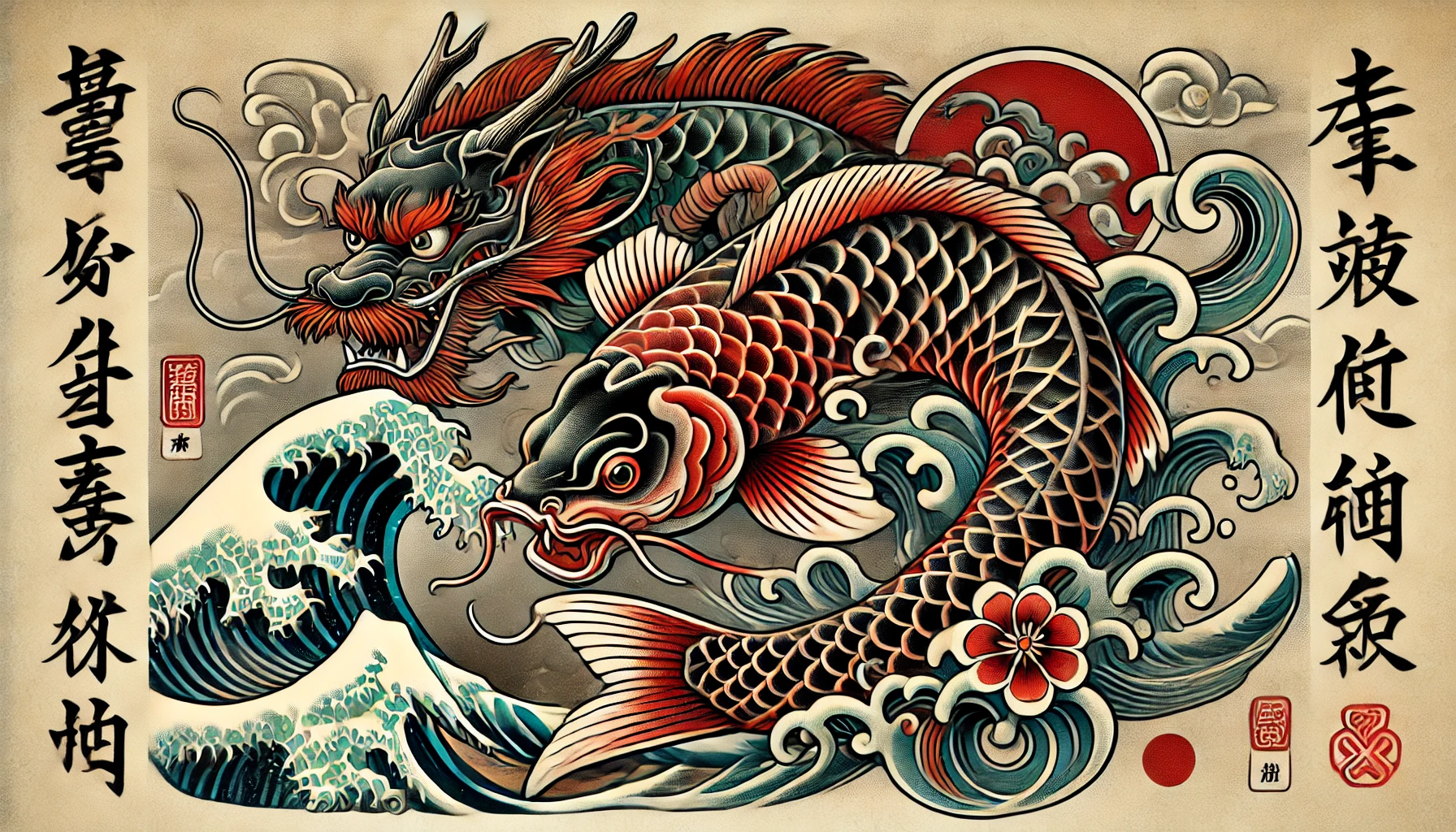
Cultural Significance
Tattoos have always been more than just body art; they are potent symbols that convey a wide range of cultural, personal, and social meanings.
Tattoos as Cultural Symbols
- Rites of Passage: In many cultures, tattoos are integral to rites of passage, marking significant life events such as coming of age, marriage, or achieving a particular social status.
- Spiritual and Religious Significance: Tattoos often carry spiritual and religious meanings. For example, in Hindu culture, tattoos of deities and religious symbols serve as a form of devotion and protection.
- Identity and Belonging: Tattoos can signify belonging to a particular group or community. This is evident in the tattoo traditions of gangs, military units, and indigenous tribes, where specific designs denote membership and loyalty.

Artistic Expression
Tattooing is a dynamic form of artistic expression, with styles ranging from traditional tribal designs to contemporary art pieces.
Popular Tattoo Styles
- Traditional/Old School: Characterized by bold lines, bright colors, and iconic imagery such as anchors, roses, and eagles, traditional tattoos are timeless and instantly recognizable.
- New School: Emerging in the 1970s, new school tattoos are a modern take on traditional styles, featuring exaggerated, cartoonish designs with vibrant colors and surreal elements.
- Realism: Realistic tattoos aim to replicate lifelike images on the skin. This style requires exceptional skill and precision, often resulting in stunning portraits and detailed scenes.
- Blackwork: Utilizing only black ink, blackwork tattoos include a variety of styles, from intricate geometric patterns to bold, abstract designs.
- Watercolor: Inspired by watercolor paintings, this style mimics the fluidity and color gradients of watercolor art, creating soft and ethereal tattoos.
Meaning Behind Popular Designs
Every tattoo tells a story, and popular designs often carry deep personal and cultural meanings.
Common Tattoo Motifs and Their Meanings
- Dragons: In both Eastern and Western cultures, dragons symbolize power, strength, and wisdom. Eastern dragons are often seen as benevolent and protective, while Western dragons are associated with ferocity and independence.
- Roses: Roses are one of the most popular tattoo motifs, symbolizing love, beauty, and passion. Different colors of roses carry various meanings; for example, red roses signify romantic love, while yellow roses represent friendship.
- Skulls: Skulls can have multiple interpretations, from representing mortality and the fragility of life to symbolizing rebellion and nonconformity.
- Mandala: Originating from Hindu and Buddhist traditions, mandalas are intricate geometric designs that represent the universe, balance, and spiritual enlightenment.
- Animals: Animal tattoos often embody the characteristics associated with the animal. For example, lions symbolize courage and leadership, while wolves represent loyalty and perseverance.
Understanding Tattoo Culture
The Rich Tapestry of Tattoo Culture
Tattoo culture is a complex and multifaceted phenomenon that transcends geographical boundaries and historical eras. It is a vibrant tapestry woven from the threads of tradition, art, and personal expression. Understanding tattoo culture involves delving into its historical origins, appreciating the artistic evolution, and recognizing the cultural significance behind various designs.
Historical Significance: The practice of tattooing dates back to ancient civilizations, where it was used for a variety of purposes, including spiritual rituals, medicinal treatments, and social status indicators. The intricate patterns found in Polynesian tattoos, the spiritual symbols in Egyptian tattoos, and the elaborate designs of Japanese irezumi all highlight the diverse roles tattoos have played in different cultures.
Artistic Evolution: Over time, tattooing has evolved from rudimentary methods to sophisticated techniques, thanks to advancements in technology and artistic innovation. The transition from traditional hand-poked methods to modern electric machines has expanded the possibilities for intricate and detailed designs, allowing for greater creative expression.
Cultural Meanings: Tattoos often carry deep artistic and personal meanings. They can symbolize rites of passage, spiritual beliefs, and group identity. For instance, in Maori culture, the moko tattoo is a sacred mark that denotes tribal affiliation and personal history. Similarly, Japanese tattoos often depict mythological creatures and deities, reflecting spiritual beliefs and cultural heritage.
Embracing the Art of Tattooing
For many, tattoos are not just decorative marks but profound expressions of individuality and cultural identity. Whether it’s a traditional tribal design, a contemporary art piece, or a meaningful symbol, each tattoo tells a unique story.
Personal Expression: Tattoos offer a way for individuals to express their personal stories, beliefs, and values. A tattoo can serve as a permanent reminder of a significant life event, a tribute to a loved one, or a representation of one’s passions and interests.
Artistic Mastery: The artistry involved in tattooing is remarkable. Skilled tattoo artists can create stunning visual representations that rival traditional forms of art. From the bold and vibrant colors of new school tattoos to the intricate details of realism, the diversity of styles reflects the limitless creativity within the tattoo community.
Conclusion
Tattoo culture is a fascinating and intricate world that encompasses history, art, and personal expression. It is a testament to the enduring human desire to adorn the body with meaningful symbols and beautiful art. By exploring the rich tapestry of tattoo culture, we gain a deeper appreciation for the art of tattooing and the stories it tells. Whether you are a seasoned tattoo enthusiast or new to the world of tattoos, understanding the cultural and artistic significance behind tattoos enriches your appreciation for this timeless form of self-expression.
By delving into the art and meaning behind tattoos, we uncover a world where history, culture, and personal identity converge. Tattoos are more than skin deep; they are profound expressions of who we are and where we come from.

